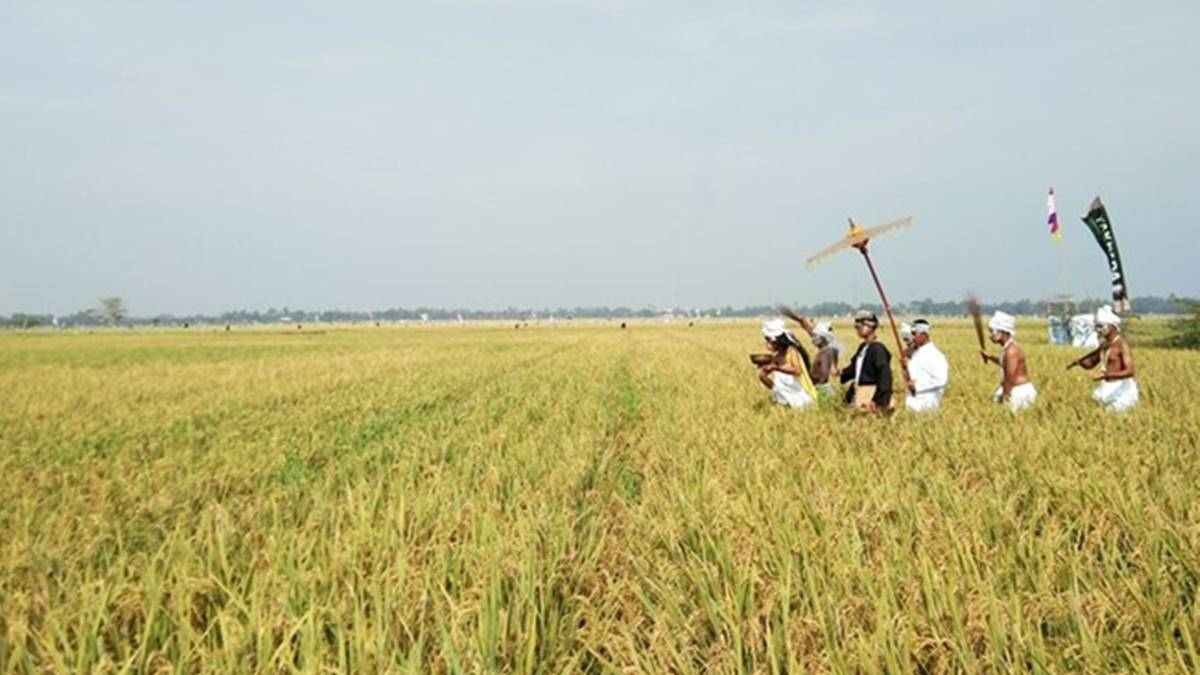–
The history of farming has indeed been a lot of research from various researchers in the realm of different disciplines. However, in the historical records of Indonesia, there are several areas with unique farming traditions, including the Madurese community.
According to Kuntowijoyo in his book entitled “Social Changes in the Madurese Agrarian Society (1850-1940)“Mentioned, in the tradition of farming the Madurese community is very unique. The uniqueness lies in certain parts that we can find today.
baca juga: Peran Pengusaha Kretek Bagi Perkembangan Organisasi Islam di Kudus Abad 20
The History of Madurese Farming in the 1900s
The following is an explanation of 5 unique systems of Madurese gardening in the 1900s that you certainly don’t know. Please see further explanation below.
Less Developed Than Java
According to Kuntowijo in the same book (2002: 45) states, if in Madura the way of farming is less developed than the way of farming in Java.
Some historical data also show that around the 1900s the plot model nursery technique in rice fields was less developed.
While the planting system using the uritan almost evenly in Java. Whereas in Madura it is only practiced on a small scale.
The agrarian communities in Madura only know the farming system using the spread technique, but the system they apply is always lacking. This is one proof that the way of farming in Madura is underdeveloped.
baca juga: Sejarah Industri Kretek dan Kontribusinya Terhadap Kemajuan Bangsa Indonesia
More Familiar Using Natural Fertilizer
The unique characteristics of farming in agrarian communities in Madura are also seen in the use of fertilizer nutrients for food plants which tend to use natural fertilizers such as cow dung.
Scientifically, using natural fertilizers to provide nutrients for food crops, such as rice and other grains is part of human efforts to produce healthy food.
Meanwhile, according to historical research on farming by Kuntowijoyo, the use of natural fertilizers derived from cow dung is caused by the fact that people in Madura have a large number of cows or cows.
Therefore, the manure from these animals can be used as a free and natural fertilizer.
Planting Rice in the Moor
Moor is land in the form of gardens or not rice fields. Some people call it dry land / rice fields.
The Madurese agrarian society has a habit of growing rice in the moor. The planting takes place during the rainy season. In the Madurese language, such a pattern of farming is called gagaranca.
Dual Cultivation Technique
Agrarian communities in Madura also often use the dual cultivation technique in their agriculture. However, for the record, this planting practice is done whenever possible. That is, this planting technique is a way of seasonal farming.
Farming like this is very easy to find when in the Madura region it is already in the rainy season.
Meanwhile, the dual planting technique is a system of growing two types of plants by dividing the land during the rainy season.
This technique is to reap double profits in one harvest. This is because Madura has relatively low rainfall compared to the island of Java.
With this planting method, the Madura region can take advantage of the season as a business opportunity for agricultural products.
Types of Rice Seeds with Short Growth Period
Another uniqueness in the farming tradition of the Madurese agrarian community is also quite rare. Because they are used to using rice seeds with a short growth period.
Only a few people in Madura own and use seeds with a long growth period.
This is due to the limited water supply which tends to be scarce in Madura, more precisely the amount of rainfall is relatively low.
Therefore, most farmers will choose the type of rice seeds that have a fairly short time to harvest. This aims to avoid crop failure due to the amount of rainfall that is very rarely approaching the land of Madura.
Clever at adapting to Nature
As a reflection of the history of farming in Madura, it turns out that the agrarian society there is very good at adapting to nature.
The Madurese agrarian society is a great and intelligent group of people. They can adapt to nature in the midst of limitations.
The risk of lack of water supply will not be such a big obstacle, because the hard soul of the Madurese who are persistent in working, especially farming, they will do under any conditions.
The spirit of the Madurese in the 1900s should be an example to every group of people in Indonesia. (Erik/R6/HR-Online)
–


